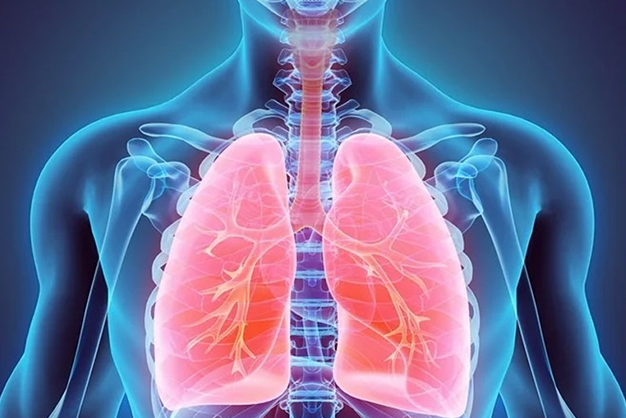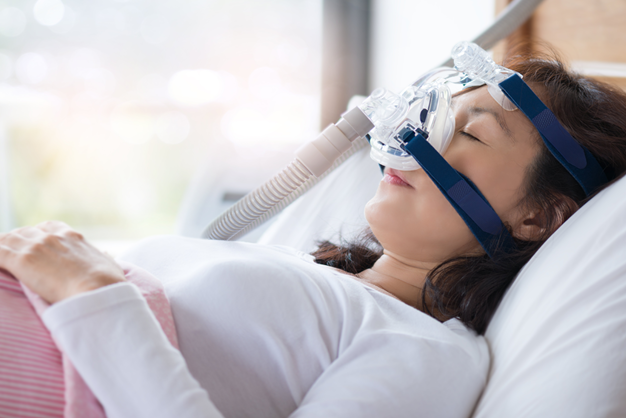
Pulmonology & Interventional Pulmonology
COPD
June 2025

Author: Dr. Avinash
OSA is a sleep-related breathing disorder. It is seen in many people globally. According to studies, this disease is seen in 20 -30% of the population globally.
Prevalence of OSA in India - Up to 13% in men, 5% in women.
OSA is a serious health problem, but the reality is that its severity often goes unrecognized.
The basic problem of OSA is that the airways temporarily close during sleep. During REM sleep, the airways contract under the influence of nerves. When the muscles in the tongue relax, they move back, blocking the airways, resulting in a decrease in oxygen and an increase in CO2 in the blood. This stimulates the sympathetic nervous system, which also changes heart rate and blood pressure.
Diagnosis
Treatment methods